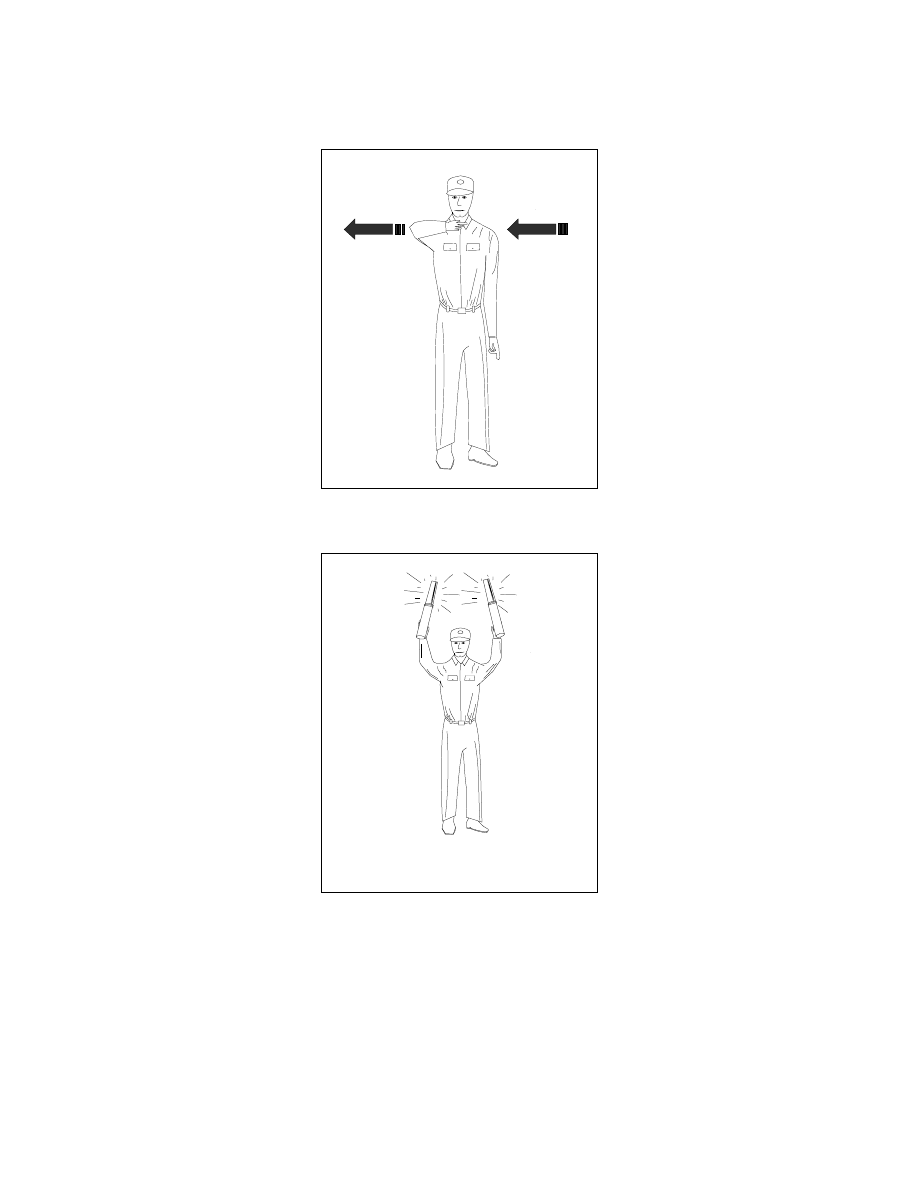
4/20/23
AIM
FIG 4
−
3
−
3
Traffic Pattern Operations
Parallel Runways
EXAMPLE
−
Key to traffic pattern operations
1.
Enter pattern in level flight, abeam the midpoint of the runway, at pattern altitude.
2.
Maintain pattern altitude until abeam approach end of the landing runway on downwind leg.
3.
Complete turn to final at least
1
/
4
mile from the runway.
4.
Continue straight ahead until beyond departure end of runway.
5.
If remaining in the traffic pattern, commence turn to crosswind leg beyond the departure end of the runway within 300
feet of pattern altitude.
6.
If departing the traffic pattern, continue straight out, or exit with a 45 degree turn (to the left when in a left
−
hand traffic
pattern; to the right when in a right
−
hand traffic pattern) beyond the departure end of the runway, after reaching pattern
altitude.
Airport Operations
4
−
3
−
5